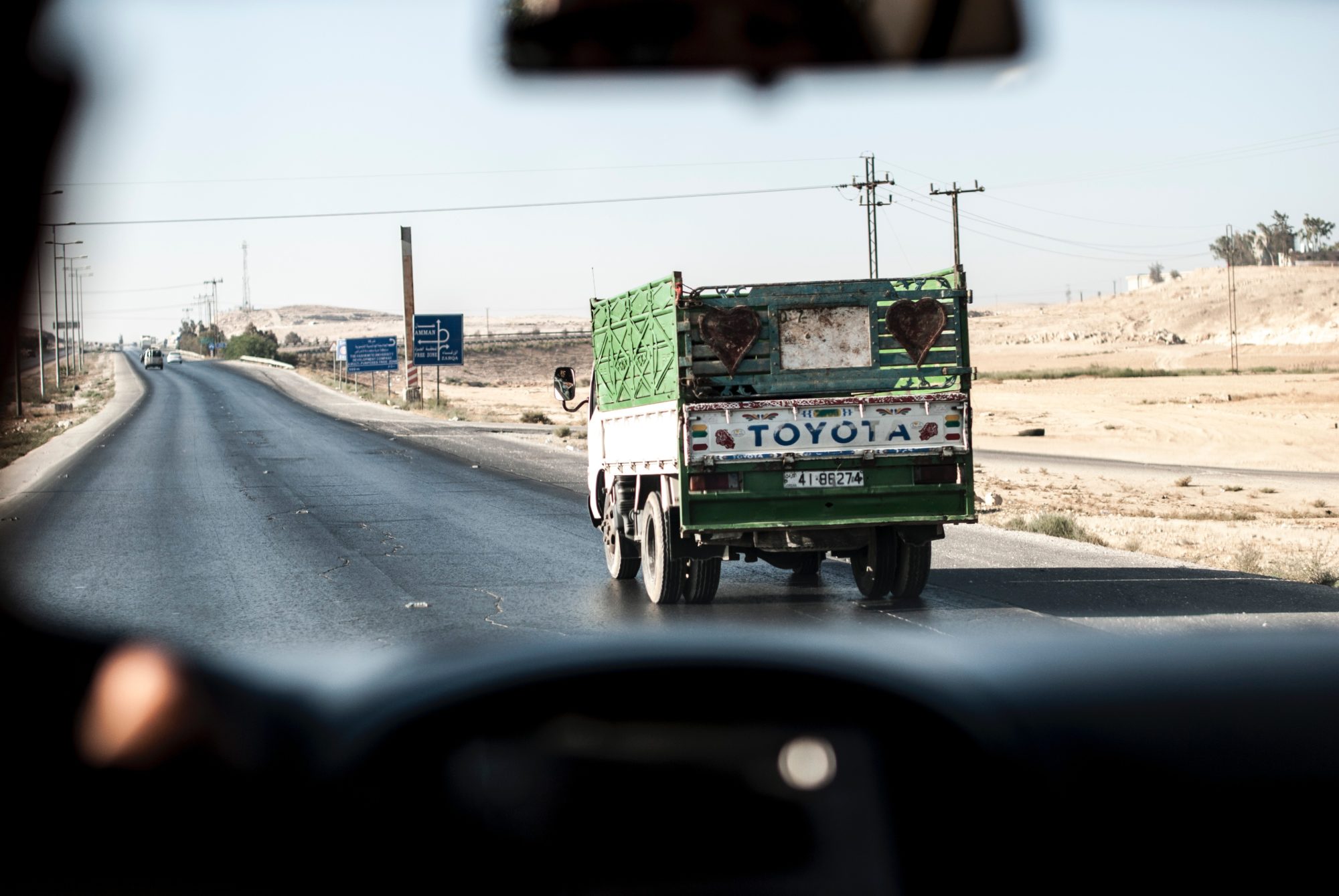For a while there, every time I logged into Twitter, the first thing I would see was an argument about Syria. Essentially, what people were arguing about was the difference between a truth and the truth: the difference between who are the aggressors and victims, and who is actually responsible for a chemical gas attack. The problem is that Twitter is purgatory for nuance, where arguments wait to be properly fulfilled and where debate constantly threatens to ascend to a higher level. It is this promise of the great debates to come that keeps us hooked, but unless you cultivate a (often blindingly tedious) Twitter thread, arguments are reduced to labels, point-scoring, and snapshots of what people think.
Twitter is still an overwhelmingly valuable space for discourse, however. It is a convenient space for narratives to play out and makes these conversations much more accessible. Twitter has also completely changed how war is discussed, as David Patrikarakos explains in his new book, War in 140 Characters. (Now 280.)
The rise of Twitter and Facebook, according to Patrikarakos, has undermined and outpaced those who previously controlled flows of information. Governments that used to have sole control over these flows – I would add big media into this calculation – are being replaced by networks of individuals online, whilst individuals are able to report the news and analyze what it means much more quickly than established media.
As significant and more insidious, Twitter enables groups to quickly and conveniently spread specious counter-narratives. This has been especially true in the case of Syria’s war. Idrees Ahmad noted that creating doubt has allowed Assad and his apologists to get away with chemical attacks and massacres. Even though easily refutable claims are being made, the fact that they can be spread so easily and quickly fosters just enough doubt. Stephen Shalom pointed out that people denying Assad’s culpability for the Khan Sheikhoun chemical attack last April are not able to respond to refutations and evidence, but this misses the point. Once a claim has been refuted, it doesn’t matter that apologists don’t or can’t respond. Most of the task is just laying the slab of doubt. The aim of these networks is, as the Syria Campaign’s recent report described, “not to win an argument but to cloud the truth.”
One notable victim of this nefarious behavior has been the White Helmets. The White Helmets are probably the bravest group of people on the planet. A civil defense group, they rush onto the scene in the aftermath of regime attacks to tend to victims and pull people from the rubble of barrel-bombed buildings. The group hit the spotlight last year when a picture of a shocked, dust-covered 5-year-old child in an ambulance spread across the world. The group has also tended to victims after chemical gas attacks, some of whom died from the effects.
But, naturally, they operate in opposition-held areas, a fact which has seen the Nobel-nominees smeared as Al-Qaeda. And, of course, that they receive western funding is irrefutable proof of their Al-Qaedaness as well. Wired and The Guardian have written about what is an incredibly cruel campaign, while The Syria Campaign’s recent report, Killing the Truth, details how concerted disinformation on social media has been used to target the White Helmets. This reached its peak following the Khan Sheikhoun chemical attack in April, when “far-fetched claims” about the White Helmets became the number one trending topic in the US. Those smearing the White Helmets range from the Russian Embassy to a network of anti-imperialist journalists and fringe bloggers and activists. This includes people like Vanessa Beeley, Sarah Abdalla and Eva Bartlett. The latter went viral last year in a video claiming the White Helmets recycled victims – disproven here – while the former two have built up sizable online followings pushing pro-Assad messages. Beeley frequently uses Twitter to tout the White Helmets as terrorists and thus legitimate battlefield targets, even though links to terrorists are unfounded.
Perhaps the problem with Twitter is not the difficulty adding nuance to debate, but that it is largely irrelevant. This gives rise to a paradox. Networks of people can more effectively hold other networks of people to account and refute their claims, but it doesn’t really matter all that much: the claims will still circulate and sometimes become part of ‘legitimate’ narratives. Doubt and similar notions almost become autonomous, generating their own power for their own sake in the world of retweets and 280 character limits.
Patrikarakos describes how in Ukraine, he found himself “caught up in two wars,” one on the ground and one fought through information on social media: “perhaps counterintuitively, it mattered more who won the war of words and narratives.” What we’ve seen in Syria is when folks should be talking about Assad’s crimes and whether we should act, instead we are still arguing about whether they are his crimes at all. The truth is clouded and people are dying. Just as the war on people needs more engagement, so does the war of narratives.
Dan Morrison is a recent PPE graduate from Lancaster University and, for now, is co-editing Trent University’s student newspaper.





















